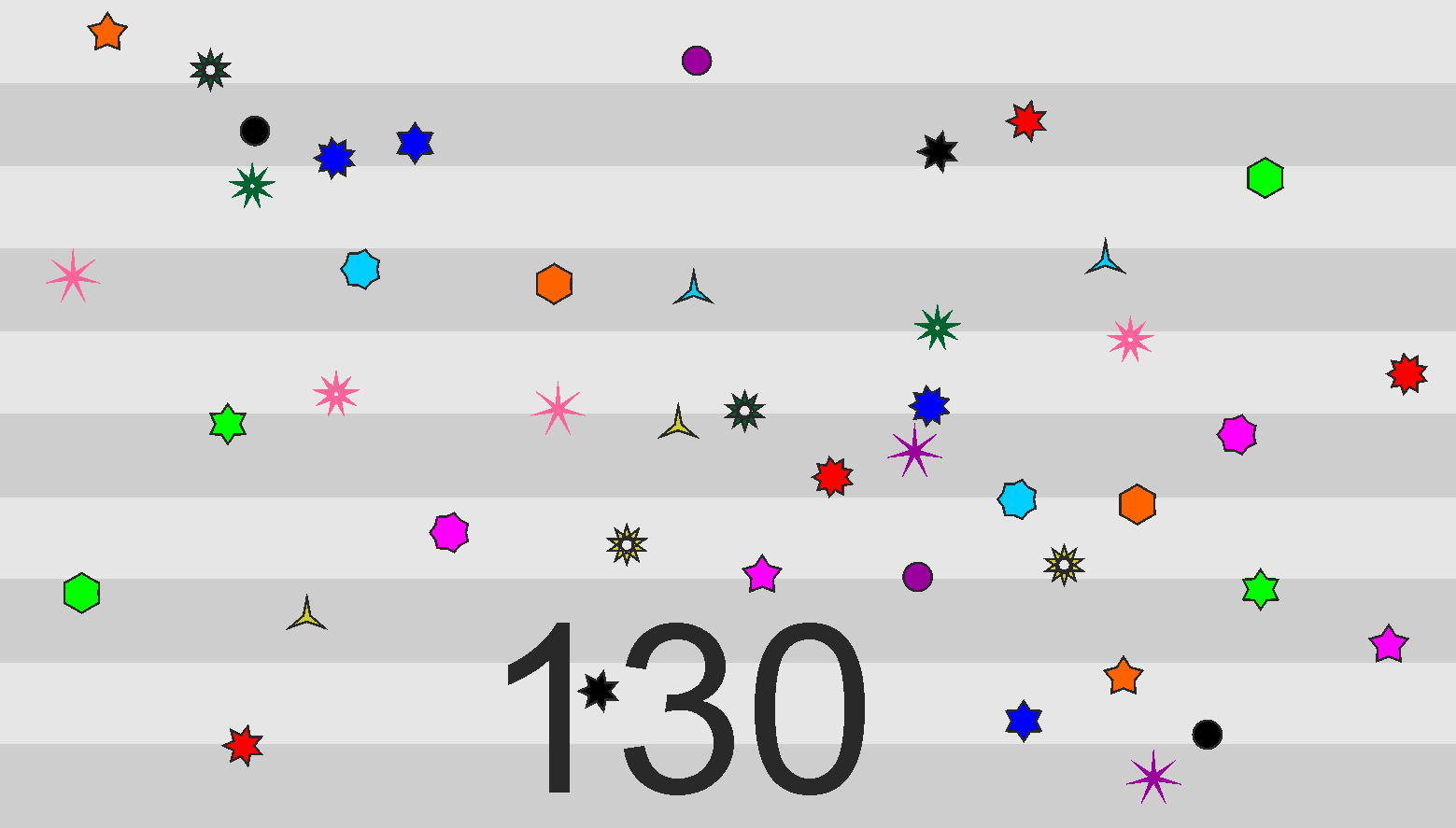This puzzle belongs to the puzzle series: hyper-modern art
Still in the hyper-modern art gallery...
"You know, even now that you have explained to me, how hyper-modern-art works, I still don't quite get it. I mean, the image is just... monochrome. I really prefer more colour in art."
"Ah, but that's not a problem my friend. Just come with me and look at another painting from the same artist. See, more than enough colours"
"Well, yes, but I'd say this is a rather dumb variation of Stars 'n' Stripes...
Why on earth are you chuckling now?"
"It's just that I found your comment rather funny. In particular, if you look at the title of this painting..."
"Oh!! I see. Well, I can see why it is funny, but I can absolutely not see, why this work is called like this!"
"Well, well, my friend. Sometimes you have to look beyond what is visible, connect the facts and combine all in an intuitive way. You know Rebus puzzles, don't you? See, this painting really is just a somewhat more involved variant. But you were right in one thing. The stripes are without any meaning."

The goal of this puzzle is to find the title of the work, which is a single word. The puzzle is fully contained in the image. You may want to download the full-size version for processing.
Hints
The puzzle can be solved with a printed version of the image above.
The puzzle requires an action and is (likely) not being solved by just looking at the picture.
Solution self-verification
Read the following after you think you have the solution.
Note, that if you base your solution by guessing on the information below, you have not solved the puzzle. The facts below should not be part of your solution.
- the final word has 6 letters
- all letters are different
- it is a noun
- it ends with 's'

